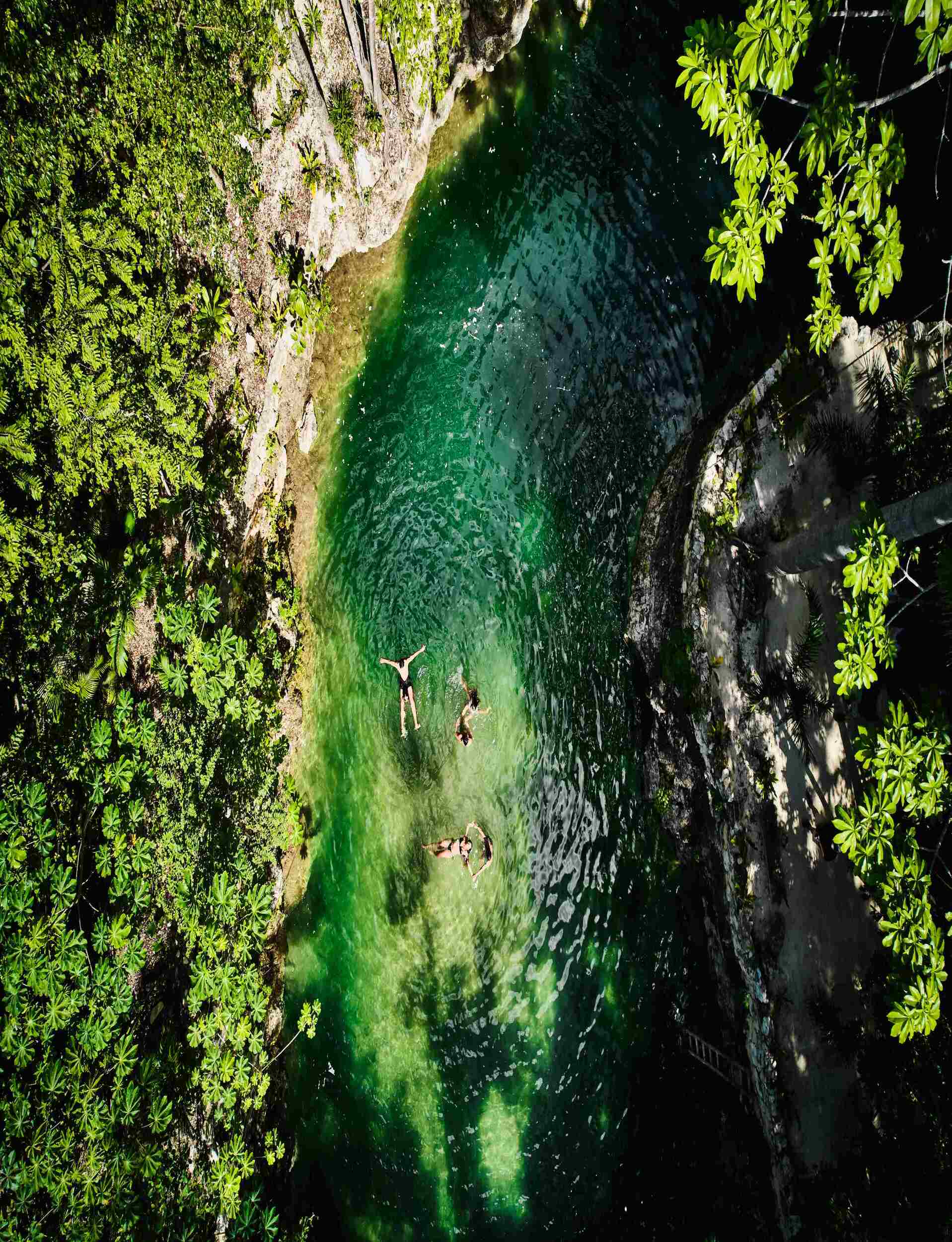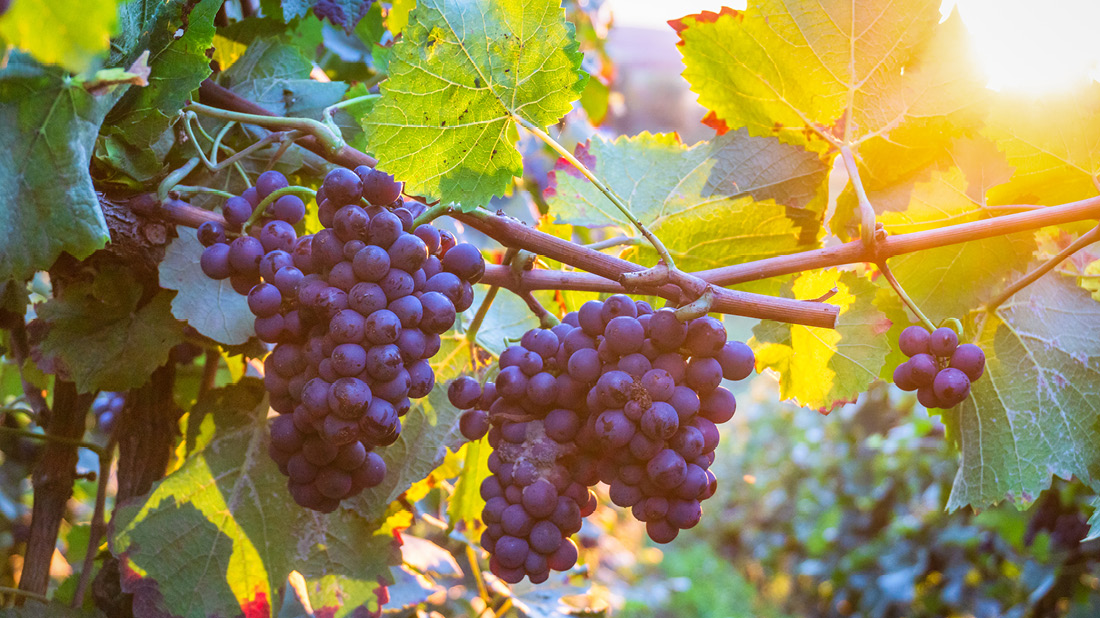
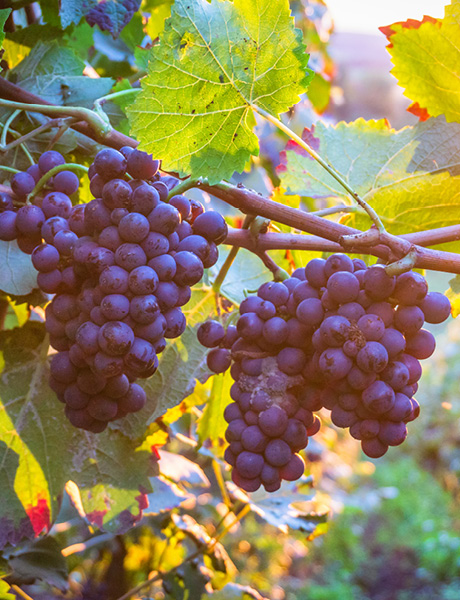

This issue our resident wine columnist, Paolo Basso, offers a primer on one of the most significant trends in the industry: the rise and rise of biodynamic wines.
Grapevines are among the hardiest of plants. They can grow in almost any soil conditions – rocky, sandy, volcanic, you name it – and in climatic conditions that would kill may other plant species. To witness vines growing in dry and windy islands like Santorini and Formentera is to witness something special in Nature.
However, vines have an Achilles Heel, in that they are highly susceptible to two forms of the fungal disease mildew: downy mildew and powdery mildew (oidium). Fail to treat them and you can find your entire crop of grapes destroyed, inviting financial ruin.
Up until the middle of last century, the way to protect the plants from these diseases was by treating them regularly with a solution of sulphur and copper. Even after that time, a number of growers – my own grandfather included – pursued this method. I can remember this being done when I was a child in the 1970s.
From the end of the second world war, however, the viticulturalist had access to synthetic chemicals which promised to protect the vines more efficiently and effectively. And they became the preferred treatments for a vast majority of growers.
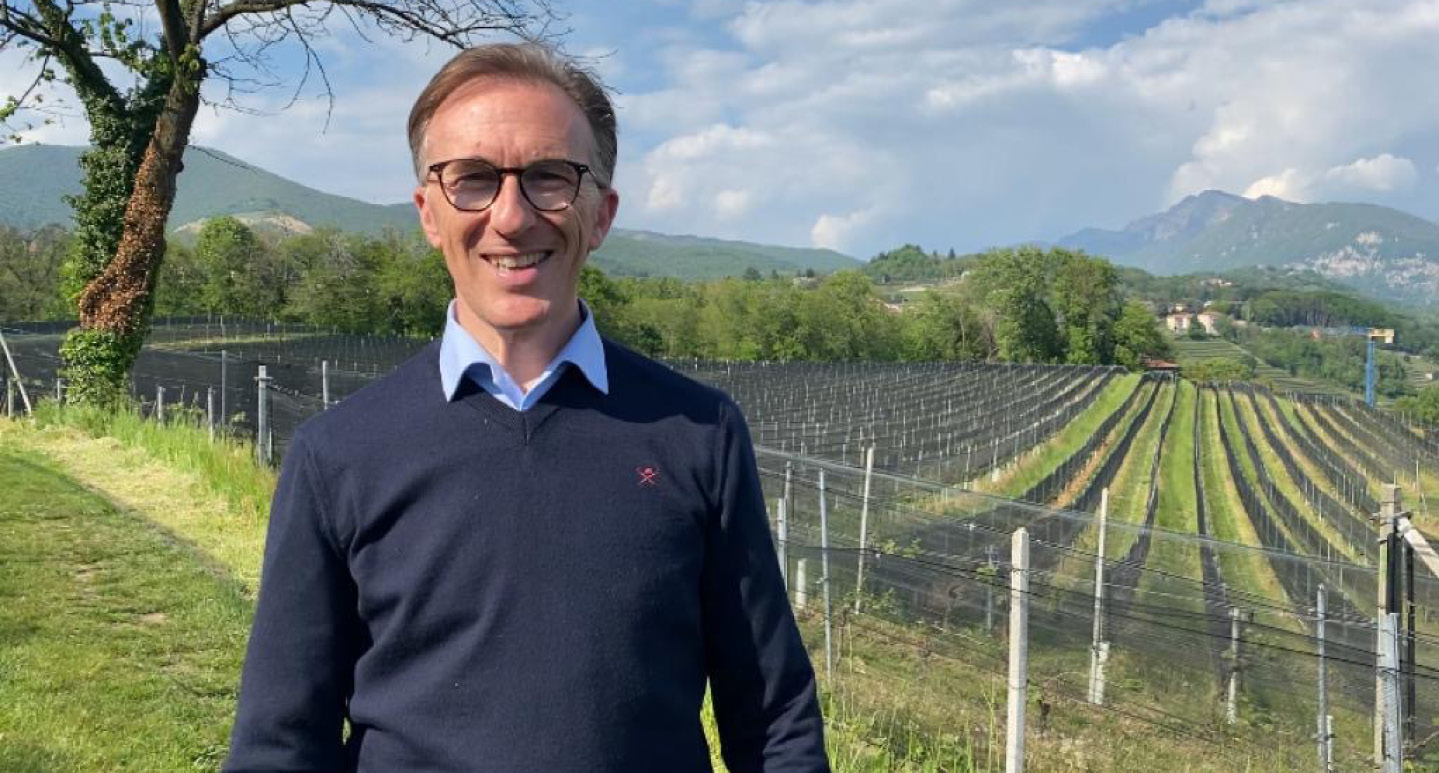
Back to the old ways
Now, in our more environmentally aware age, we are going ‘back to the future’ – returning to the older, more natural ways under the banner of biodynamic viticulture. In this column I’m going to take you on a brief tour of the biodynamic method, how it works, the challenges involved, and how some producers have become tempted to hide poor quality wines behind the ‘bio’ label.
The founder of the biodynamic approach is Rudolf Steiner, a scientist and philosopher who introduced the concept at an “Agriculture Course” in 1924, predating much of what we know today as organic agriculture.
Although they never really went away, biodynamic methods are now back in vogue. Across the agricultural sector, now just in wine growing. As of last year, there were around 250,000 hectares farmed using biodynamic methods across the world.
In essence, these methods mean using naturally occurring elements (such as copper and sulphur) and avoiding manufactured pesticides. They also involve using soil supplements prepared to the formulas originally devised by Rudolf Steiner.
This isn’t just about what goes in the soil… the biodynamic approach takes into account the phases of the moon and how these influence the soil and the growing cycles of plants. The idea is the treat the earth as a ‘living and receptive’ organism.
But don’t let this fool you into thinking biodynamic methods are merely the preserve of cranks and outliers in the world of wines: some of the most prestigious producers in the industry use these methods. They include Domaine Zind-Humbrecht and Domaine de la Romanee-Conti – the latter responsible for one of the most expensive wines on the planet. The global leader in the field is acknowledged to be Gérard Bertrand, whose wines sell all over the world and who has converted all 15 of his vineyards to biodynamic methods.
As a wine grower myself, I am also investigating the use of biodynamic methods, coming full circle with the practices of my grandfather!
The way forward – maybe
So, biodynamic is the way forward for our industry; the perfect solution to look after the planet while maintaining excellent grape yields… this has to be the answer, right?
As always, things are not quite that simple. Firstly, biodynamic viticulture is very demanding of time, money, knowledge and skills. For my own venture into the practice, I am employing specialist consultants who bring extensive experience of biodynamic methods – but that doesn’t come cheap.
Neither does the labour and equipment needed to maintain biodynamic treatments, which must be done on a much more regular basis than with chemical treatments. In a climate susceptible to the spread of mildews, it may be necessary to treat vines every day, whereas a typical chemical treatment might last 15 days.
Think about that – 15 straight days of tractors driving through your fields, spewing diesel fumes and compressing the earth, so that mechanical aeration will then be needed in order to avoid the roots being suffocated. And while copper and sulphur are naturally occurring elements, nobody could claim that they are totally harmless. Sulphur especially.
There is less guarantee of efficacy, also. I’m reminded of a visit I made to a French wine estate, where a relatively small (around one hectare) section of vines was given over to a biodynamic trial. That year, 2017, ended up being a particularly tough one for growers in the region, and the entire ‘bio’ crop was lost. This was not a problem to the large estate, but for a grower such as myself, who cultivates just six hectares, it is a big risk.
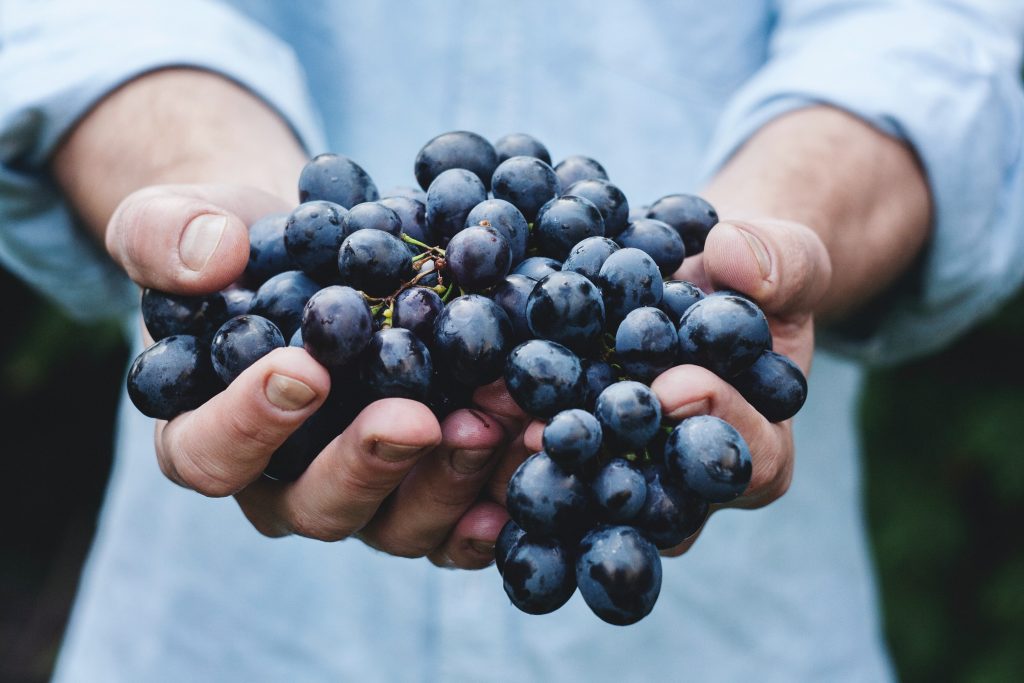
Quality still matters most
What of the most important element of wine: it’s sensory qualities of taste and aroma? I should note that at least 80% of biodynamic wines out there are truly excellent; not just the names I mentioned above, but also many others in Europe and elsewhere. However, I have come across producers who have jumped on the ‘bio’ bandwagon and used it as an excuse for poor quality production.
I’ve heard too many times the refrain “open your mind to understand my wine”. No; if your wine has a vinegar taste due to the presence of acetic bacteria, this is nothing to do with organic production. It’s just bad wine, and I won’t serve it to my customers.
The same is true for the makers of so-called “natural wines”, which take the biodynamic ethos a step further and forego any intervention from the winemaker in terms of additives and processing. It speaks to current passions around caring for the environment, but as a professional sommelier I am less than convinced about the quality of the wines produced.
So, in a nutshell, I am a believer in the benefits of biodynamic growing. But at the same time we must not take our eyes off the costs and risks involved. And as consumers, we must always expect to pay a premium for a high-quality wine produced using biodynamic methods. Beware of wines claiming this distinction at a seemingly impossible price…
- To discover more about biodynamic agriculture, visit the website of the world’s largest certification organization, Demeter International
Photo credits:
Header image – Pakin Songmor/Getty
Grape harvest image – Maja Petric on Unsplash
Practice the art of world-class hospitality
Find out more about our Bachelor’s in International Hospitality Business, including the Practical Arts semester for which Paolo Basso is a Visiting Lecturer.















